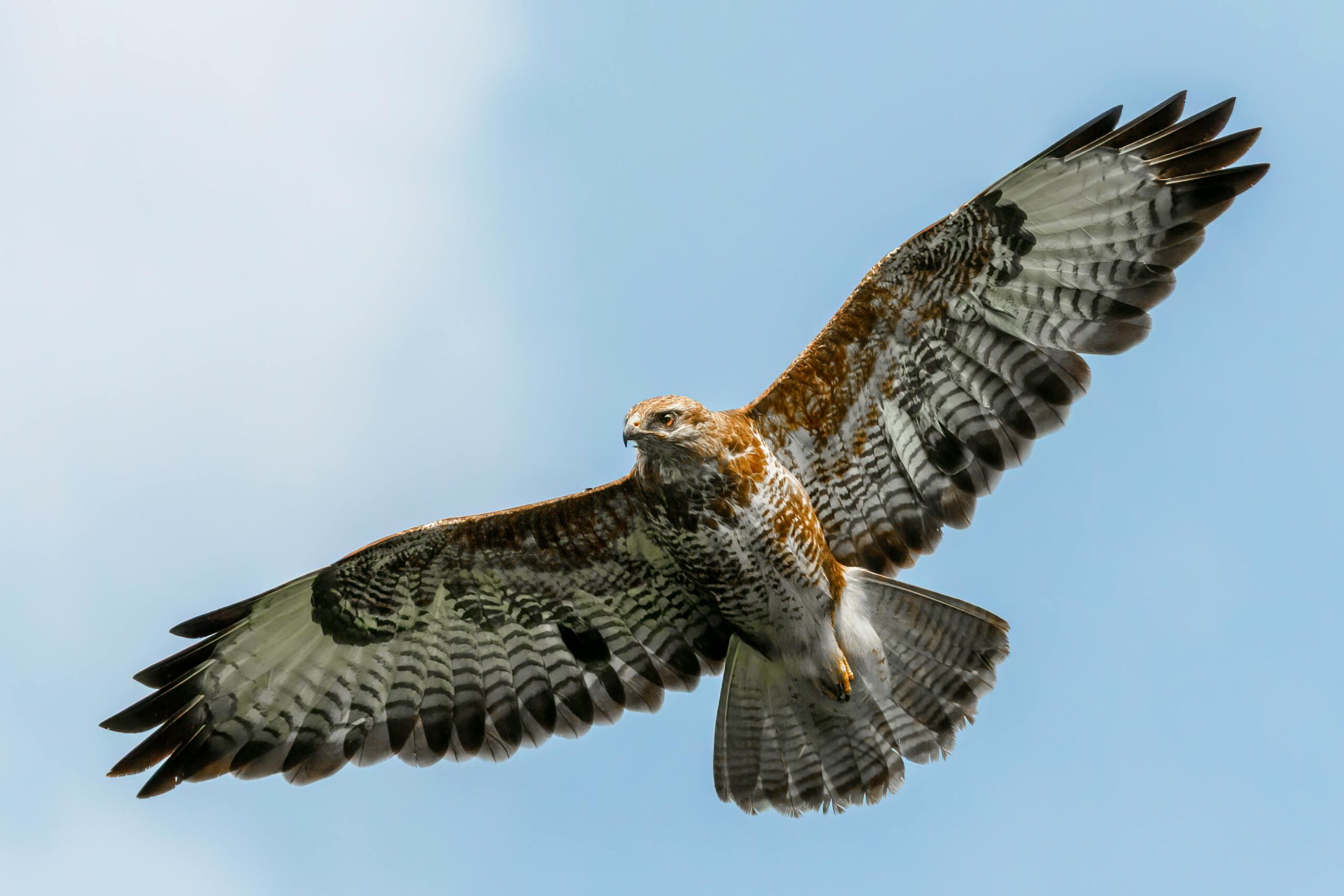Buzzards have long held a place in mythology and folklore across various cultures. These birds, often associated with death, transformation, and the afterlife, have been both revered and feared. In ancient civilizations, they were seen as messengers between the mortal world and the spiritual realm. European folklore often depicts buzzards as omens, while Native American traditions consider them powerful symbols of renewal. In Asia and Africa, they appear in myths representing wisdom and survival. Even in modern times, buzzards continue to inspire stories in literature, art, and popular culture. This article explores their fascinating roles in legends, superstitions, and traditions worldwide.
Buzzards in Ancient Mythology
Buzzards have played a significant role in ancient mythology, often symbolizing death, transformation, and the cycle of life. Many early civilizations, including the Egyptians, Greeks, and Mesopotamians, viewed these birds as spiritual messengers. Their ability to soar high and scavenge for food linked them to both the heavens and the underworld, making them powerful symbols in religious and mythological contexts.
In Egyptian mythology, buzzards were connected to Nekhbet, the vulture goddess who protected the pharaohs and symbolized divine guardianship. The Greeks associated these birds with deities such as Ares, the god of war, seeing them as omens of battle. Similarly, in Mesopotamian culture, buzzards were linked to the gods of death and the afterlife, guiding souls to the underworld.
Symbolism of Buzzards in Early Civilizations
Across different ancient cultures, buzzards carried profound symbolic meanings:
- Egyptian Beliefs: Revered as sacred creatures of protection, especially in association with Nekhbet.
- Greek Mythology: Seen as harbingers of war, often accompanying soldiers into battle.
- Mesopotamian Legends: Thought to be intermediaries between the living and the dead.
- Mayan Culture: Represented renewal and the cyclical nature of life and death.
These early depictions laid the foundation for later folklore, reinforcing the bird’s connection to fate, transformation, and spiritual guidance.
Buzzards in European Folklore
In European folklore, buzzards have been viewed with a mix of reverence and superstition. These birds were often seen as omens—sometimes foretelling death, but also symbolizing renewal and protection. Throughout the Middle Ages, buzzards were associated with witchcraft, sorcery, and spirits, leading to both fear and fascination.
Some cultures believed that if a buzzard circled a house, it was an omen of impending death. Others saw them as protectors of the land, preventing disease by consuming decaying matter. In Celtic traditions, buzzards were connected to warrior spirits, guiding fallen warriors to the afterlife. In contrast, some medieval stories depicted them as familiars of witches, emphasizing their connection to the supernatural.
Legends and Superstitions About Buzzards
Many superstitions and legends involving buzzards emerged across Europe:
- The Death Omen: In parts of England and Scotland, seeing a buzzard flying low was thought to predict death or misfortune.
- Buzzards and Witches: In medieval folklore, witches were believed to transform into buzzards to escape capture.
- Sacred Birds in Norse Mythology: Some Norse legends suggest that buzzards carried the souls of fallen warriors to Valhalla.
- Guardians of the Forest: Certain Eastern European traditions saw buzzards as protectors of nature, cleansing the land of decay.
Despite their ominous reputation in some regions, buzzards were also respected for their role in maintaining balance in the natural world.
Buzzards in Native American Beliefs
In Native American traditions, buzzards hold deep spiritual significance, often associated with purification, renewal, and transformation. Unlike in European folklore, where they were sometimes seen as omens of death, many Native American tribes viewed buzzards as sacred creatures that played a crucial role in maintaining balance in nature.
Among various tribes, buzzards were considered protectors of the land, cleansing the earth by consuming decaying matter. Some believed these birds had the power to carry messages between the physical and spiritual worlds, acting as intermediaries between the living and the dead. Certain tribes even performed ceremonies and rituals honoring buzzards for their role in the natural order.
Spiritual Significance of Buzzards in Tribal Traditions
Different Native American cultures held unique beliefs about buzzards:
- Cherokee Legends: Buzzards were seen as symbols of endurance and wisdom, guiding souls on their spiritual journey.
- Pueblo Beliefs: Considered sacred healers, buzzards were thought to cleanse the world of disease and negative energy.
- Hopi Mythology: Buzzards were believed to be messengers of the sky gods, ensuring balance between the earth and the heavens.
- Lakota Traditions: These birds were sometimes connected to death and rebirth, helping to escort spirits to the afterlife.
For many Native American tribes, the buzzard was not a harbinger of doom but a powerful totem animal representing renewal, survival, and the interconnectedness of all life.
Buzzards in Asian and African Mythology
In both Asian and African mythology, buzzards are often associated with wisdom, survival, and spiritual power. These birds, known for their keen eyesight and scavenging abilities, symbolize resilience and adaptability in many cultural traditions. While some beliefs portray them as harbingers of misfortune, others see them as sacred creatures with a deep connection to the spiritual world.
Sometimes in China, buzzards were linked to immortality and enlightenment, believed to possess mystical knowledge due to their ability to soar high above the earth. In parts of India, they were connected to the Hindu god Vishnu, who represents protection and cosmic order. In African traditions, buzzards frequently appear in folktales and tribal stories, symbolizing both death and renewal.
Cultural Representations of Buzzards in Folktales
Buzzards play a crucial role in myths and stories from various Asian and African cultures:
- Chinese Symbolism: Buzzards were seen as messengers of the heavens, embodying wisdom and foresight.
- Hindu Beliefs: Some Indian myths depict buzzards as protectors, guiding lost souls to their destined paths.
- West African Folklore: Many tribes viewed buzzards as guardians of the spirit world, responsible for cleansing the land of negative energy.
- Zulu Mythology: In South African traditions, buzzards were believed to carry messages from ancestors, serving as a bridge between the living and the dead.
Despite their often grim association with death and decay, buzzards were widely respected in these cultures for their ability to purify, protect, and maintain balance in the world.
Modern Interpretations of Buzzards in Folklore
While ancient myths and legends have shaped the perception of buzzards, their symbolism continues to evolve in modern literature, art, and popular culture.
Once feared as omens of death or misfortune, these birds are now often seen as symbols of adaptability, intelligence, and environmental balance. Writers, filmmakers, and artists frequently incorporate buzzards into their works, drawing on both their historical significance and their real-world ecological role.
Buzzards also play a role in conservation movements, where they are recognized as essential for maintaining natural ecosystems. Their presence in superstitions and rural traditions persists, with some still believing that seeing a buzzard circling overhead is a sign of change—whether good or bad.
Buzzards in Literature, Art, and Popular Culture
Buzzards appear in a variety of modern media and folklore reinterpretations:
- Literature: In novels and poetry, buzzards are often used as metaphors for survival and transformation.
- Film and Television: These birds are frequently depicted in Western films as symbols of desolation or danger.
- Symbolism in Art: Many contemporary artists use buzzards to explore themes of life, death, and renewal.
- Environmental Awareness: Buzzards are now recognized as essential scavengers that help keep ecosystems clean.
As perspectives shift, buzzards are increasingly appreciated not just for their mythical and historical roles, but also for their real-world importance in maintaining the natural order.
Conclusion
Buzzards have held a place of deep symbolic significance across cultures and time periods. From their role as spiritual messengers in ancient mythology to their depiction as omens and protectors in folklore, these birds have inspired a rich tapestry of beliefs. European countries often linked Buzzards to death and transformation, while Native American traditions viewed them as sacred guardians of balance. In Asian and African cultures, buzzards were revered as wise and mystical creatures, serving as intermediaries between the earthly and spiritual realms.
In modern times, buzzards continue to be a subject of fascination in literature, film, and art, where they symbolize resilience, adaptability, and survival. Their real-world ecological role as nature’s clean-up crew further reinforces their importance, transforming them from feared omens into valuable contributors to the environment.
As humanity’s understanding of nature evolves, so too does the perception of buzzards—not as harbingers of doom, but as essential figures in both myth and reality.

